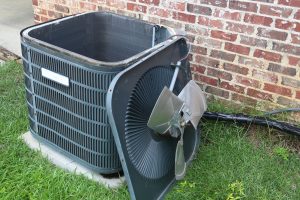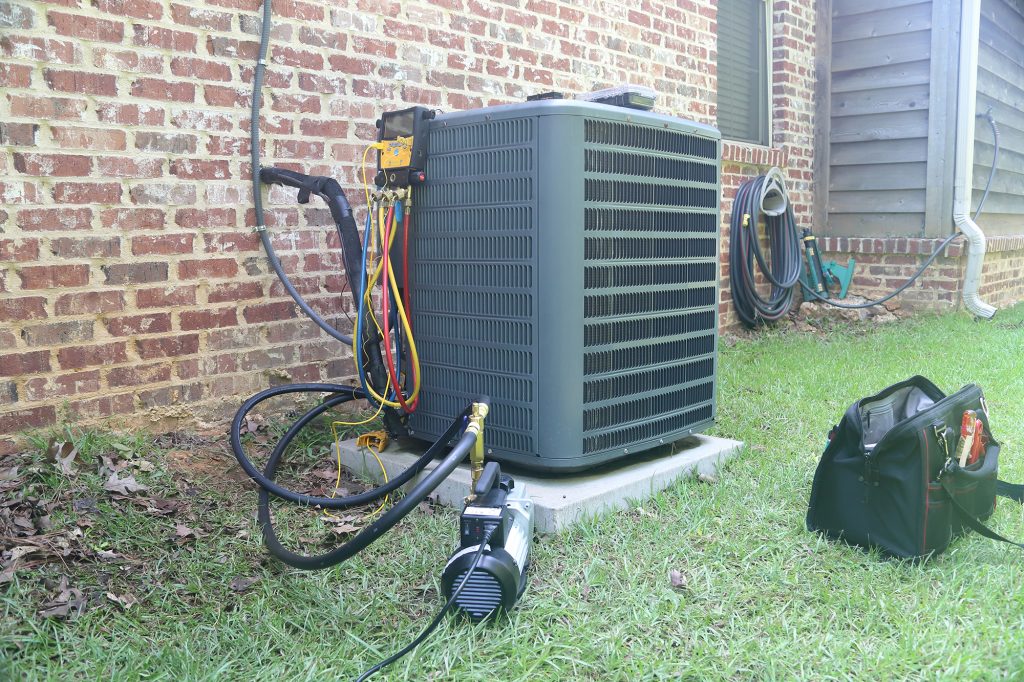Heating and Cooling
-
Baytown Heating and Cooling

It’s important to have your system working smoothly when you need it. During the summer months, you should be able to use your air conditioning. During the winter, you should be able to use your furnace. Here are a few steps you can take to ensure that your HVAC systems run at peak performance right before the summer season.
1. The most important thing is to adjust the air filters at all times. A dirty air filter can ruin the heating and cooling systems ‘ performance and reliability so they often switch them. This will also help to avoid more costly cleaning of the A-line / Indoor Coil.
2. Hose off the outdoor / condenser coil. It’s really a pretty easy mission. You want the fan from the top of the device to be removed. First first, though, first turn the disconnect service to the off position or if fitted, pull the fuse. This will stop the fan from unintentionally cleaning up if the thermostat calls for it. The fan is usually held down by three or four screws. Remove these screws and remove the fan on top of your outdoor coil cabinet and lay it upside down. Usually, the wires connecting the outdoor fan motor are long enough to keep the fan out of your way. Take your garden hose and spray the spindles from THE INSIDE OUT. You can also buy a coil cleaner from your nearest HVAC supply house if you have a dog like mine that uses your spindle as its “post.” You can remove the fan and screws once the coils are fully sprayed and switch the reconnect back to the position on.
3. Keep on with that thinking. Test your outdoor coil’s electrical components. Go to the disconnect and go it to the off place and disable the fuses. You still need to test your external unit’s electrical connections. Pull the electrical panel covering your electrical components’ outdoor coils once you are sure the disconnection is off. When removed, you should test for loose wire connections that may result in arcing, grounding, or shortness. Check the point pitting of your contactor (a pitted or corroded contactor can cause the contactor to chat or stick). You can test the amp draw on the compressor and the condenser fan engine if you have an electrical multimeter. Make sure you get the right voltage on both the high and low side circuits to your system. If you have an MFD setting on your multimeter, you could test the condenser(s) to make sure they are within+/-5 percent of the scores. If they are not within this range or are close to not being, then delete them. A failed condenser can take the engine it’s designed to help when it goes out.

4. Test for proper operation of the refrigerant circuit. This can become difficult and the testing method depends on a variety of things like your metering device type, indoor and outdoor ambient temperature, saturation levels, and all sorts of things. A decent indicator to check your temperature split between your supply air and your return air if your refrigerant circuit is running well. Place your wife’s turkey baster thermometer thingy in the supply air outlet furthest from your supply plenum (not aware of the correct name she might call it). The temperature for indoor air temperature should be about 17-23 degrees different from the reading on your thermostat.
5. Search for loose or broken links in the duct connections in your attic. A loose link could cause damage to the air balance of your home, not to mention the overall loss of your system’s performance. These are usually easily patched at your local hardware store with duct tape or duct sealer.
Hopefully, this information is helpful to you. Baytown Heating and Cooling are important to have in summer and winter. Be sure to take care of your system or call Baytown HVAC or another local AC specialist to help care for it for you.